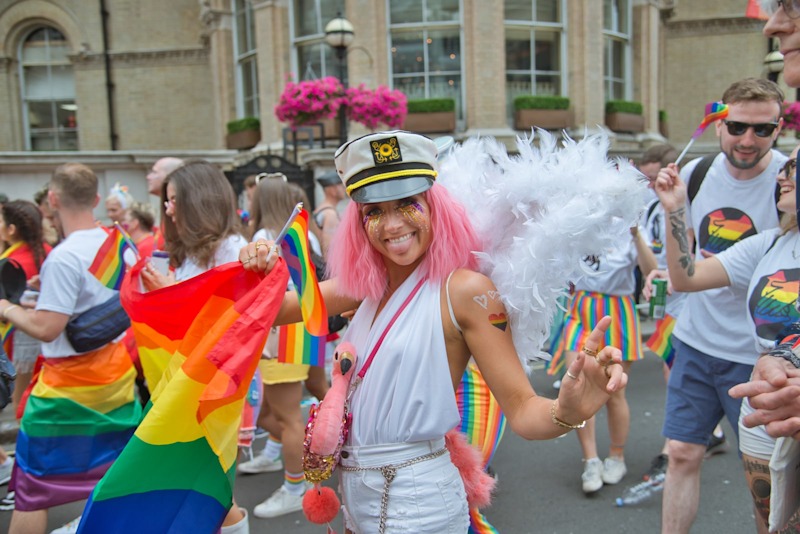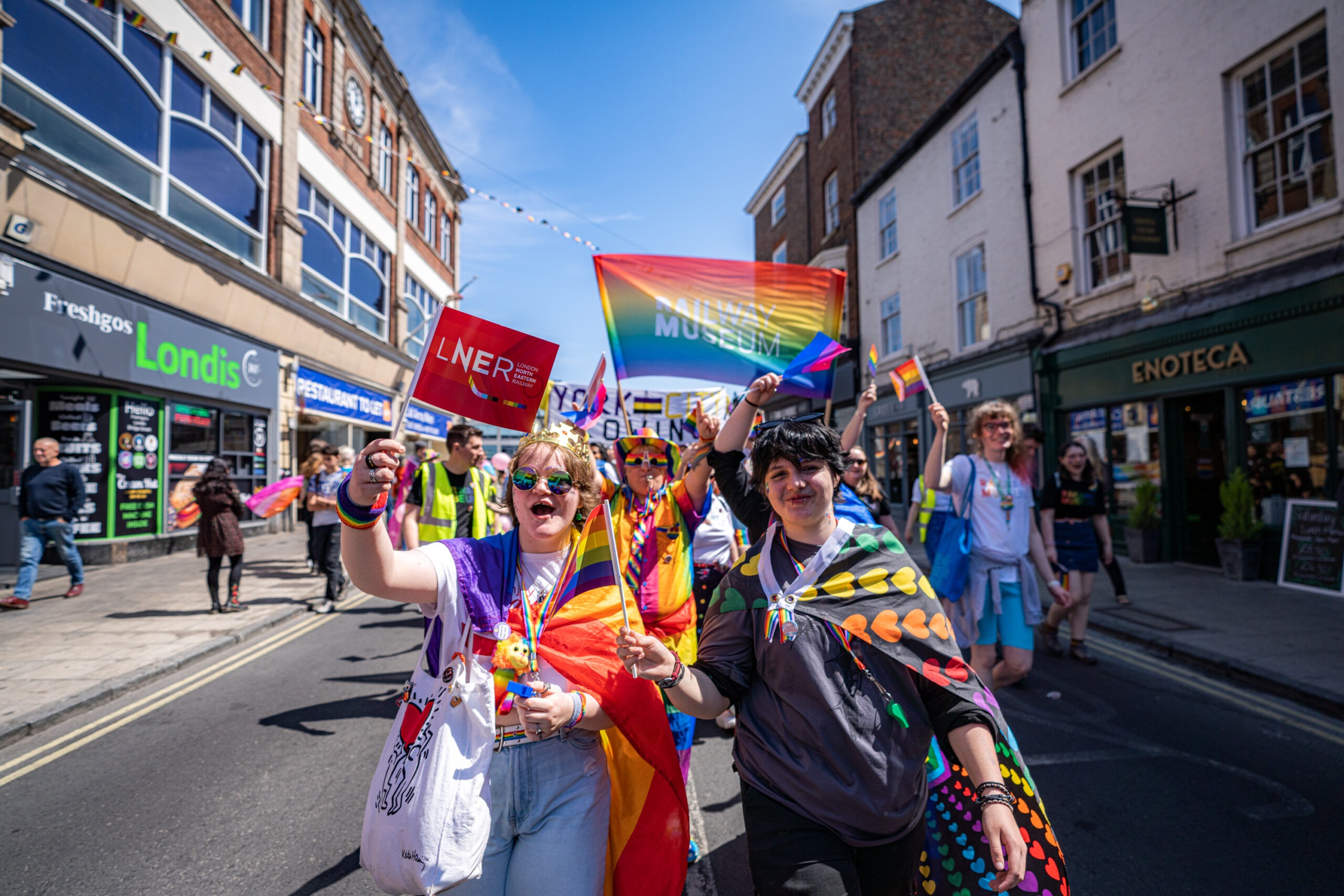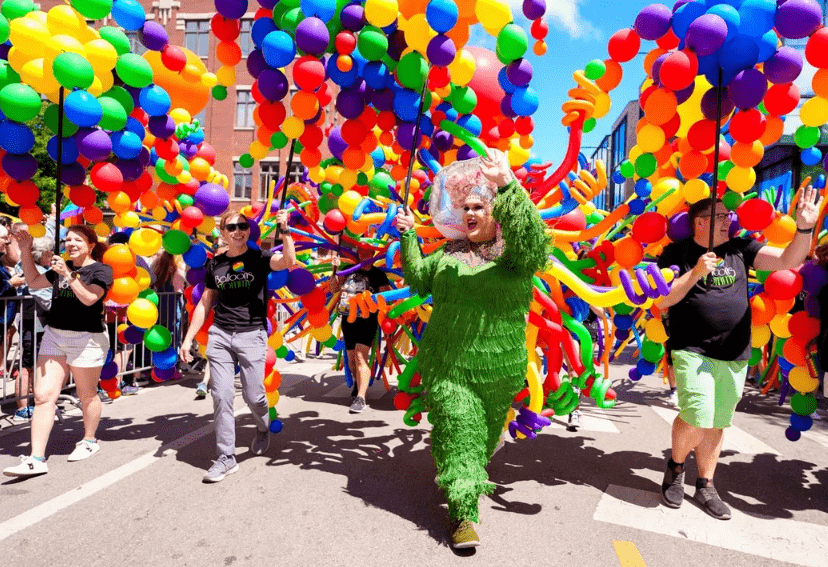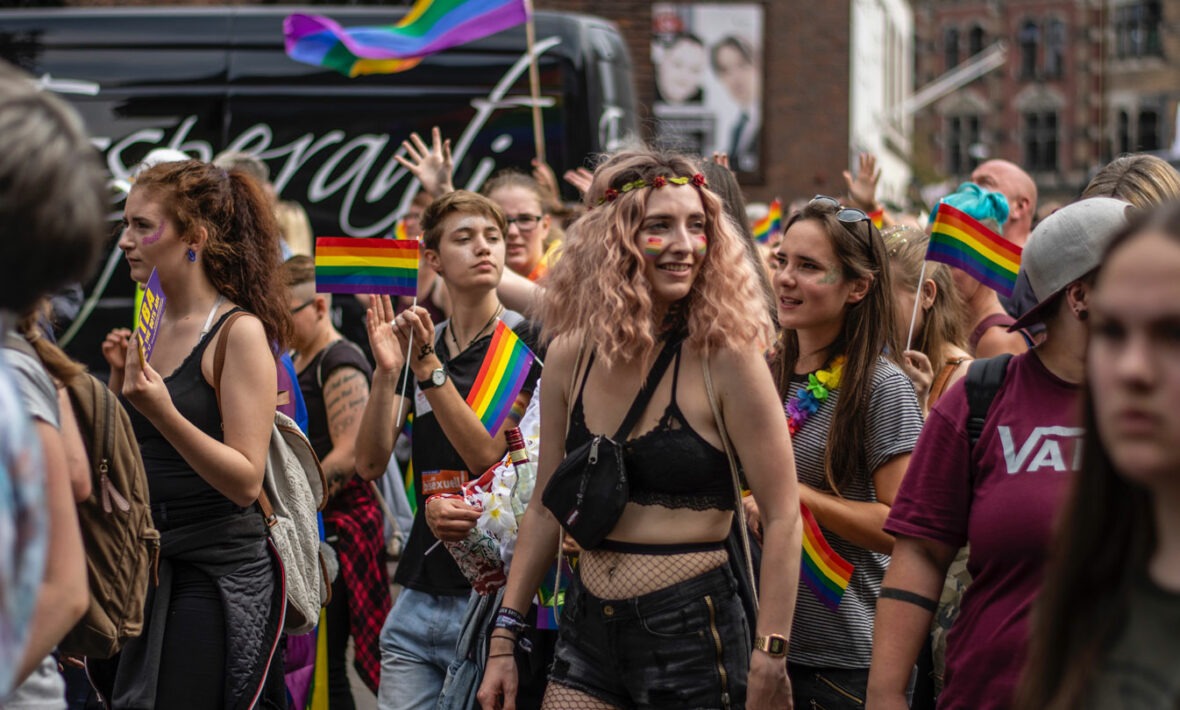Pride 2025 marks another vibrant chapter in the global celebration of LGBTQ+ identity, resilience, and progress. As communities worldwide gather to honor the legacy of the Stonewall Riots of 1969, this year’s events promise to amplify voices, foster inclusivity, and push for continued equality in an ever-evolving social landscape. From bustling city parades to intimate community gatherings, Pride 2025 is a testament to the power of visibility and solidarity. This blog explores the significance of Pride 2025, its global impact, key events, and the ongoing challenges and triumphs of the LGBTQ+ community.
The roots of Pride lie in resistance. The Stonewall Riots, sparked by a police raid on the Stonewall Inn in New York City, catalyzed a movement that transformed the fight for LGBTQ+ rights. Today, Pride is both a celebration and a call to action, blending joyous festivities with advocacy for equality. In 2025, the theme of many Pride events—though varying by region—centers around “Unity in Diversity,” emphasizing the strength found in the community’s multifaceted identities. This theme resonates deeply in a world grappling with polarization, reminding us that embracing differences fosters collective strength.
Pride 2025 is not just about parades; it’s about creating spaces where individuals can express their authentic selves without fear. Cities like San Francisco, London, São Paulo, and Sydney are set to host massive celebrations, with parades featuring colorful floats, live performances, and community-led initiatives. Beyond the spectacle, these events offer workshops, panels, and safe spaces for marginalized groups within the LGBTQ+ community, such as transgender individuals, non-binary folks, and queer people of color. These spaces are crucial for addressing intersectional challenges and amplifying underrepresented voices.
The global reach of Pride has expanded significantly, with events now held in over 100 countries. In 2025, emerging Pride celebrations in regions like Eastern Europe, Southeast Asia, and parts of Africa highlight the growing visibility of LGBTQ+ communities in areas where acceptance is still nascent. For instance, Uganda’s underground Pride events, held in defiance of restrictive laws, showcase the courage of activists risking their safety to celebrate their identities. These global movements underscore that Pride is not a one-size-fits-all celebration but a dynamic, context-specific expression of freedom.

As Pride 2025 unfolds, technology plays a pivotal role in connecting communities. Virtual Pride events, livestreamed parades, and online forums ensure that those unable to attend in person—whether due to geography, accessibility, or safety—can still participate. Social media platforms like X amplify these moments, with hashtags like #Pride2025 and #UnityInDiversity trending as users share stories, art, and messages of support. These digital spaces also serve as battlegrounds for advocacy, where activists counter misinformation and promote inclusive narratives.
Despite the progress, Pride 2025 arrives amid ongoing challenges. In some regions, anti-LGBTQ+ legislation continues to threaten rights, from bans on gender-affirming care to restrictions on same-sex relationships. In the United States, debates over transgender rights and book bans targeting queer literature remain contentious. Globally, activists face harassment, imprisonment, or worse for their visibility. Pride events, therefore, double as protests, with marchers demanding policy changes and societal acceptance. The resilience of these communities shines through in their refusal to be silenced.
Education remains a cornerstone of Pride’s mission. In 2025, many Pride organizations are prioritizing youth outreach, offering programs that teach the history of the LGBTQ+ movement and provide resources for young people questioning their identities. Schools and universities are increasingly hosting Pride-related events, from panel discussions to drag shows, fostering environments where acceptance is normalized. These initiatives are vital in countering stigma and building a future where queer youth can thrive without fear of rejection.
The corporate presence at Pride has grown, but it’s not without controversy. While sponsorships from major brands provide funding, some criticize “rainbow capitalism,” where companies profit from Pride without meaningfully supporting the community year-round. In 2025, activists are pushing for accountability, urging corporations to back LGBTQ+ causes beyond June. Community-led Pride events, free from corporate influence, are gaining traction, emphasizing grassroots activism and authentic representation.

Art and culture are at the heart of Pride 2025. Drag performances, queer film festivals, and art exhibitions showcase the creativity and diversity of the community. Drag, in particular, has seen a renaissance, with artists using their platforms to challenge gender norms and advocate for social change. Events like DragCon, held in multiple cities, draw thousands to celebrate this art form. Meanwhile, queer musicians and performers headline Pride stages, blending music with messages of empowerment and resistance.
Inclusivity is a key focus this year, with organizers working to ensure Pride is accessible to all. This includes physical accessibility for disabled attendees, translation services for non-English speakers, and sober spaces for those in recovery. Trans and non-binary individuals are also taking center stage, with dedicated events addressing their unique experiences. For example, Trans Pride events in cities like Seattle and London provide platforms for trans voices, tackling issues like healthcare access and legal recognition.
The intersection of Pride and other social justice movements is more visible than ever in 2025. Activists are drawing connections between LGBTQ+ rights and issues like racial justice, climate change, and economic equity. For instance, Black Pride events highlight the contributions of queer people of color, while eco-conscious Pride initiatives promote sustainable practices during celebrations. This intersectional approach strengthens the movement, showing that liberation for one group is tied to liberation for all.
Pride 2025 also celebrates milestones. Marriage equality, now legal in over 30 countries, is a testament to decades of advocacy. Yet, the fight continues for full equality, including workplace protections, healthcare access, and the right to live free from discrimination. In some countries, Pride events mark the anniversary of decriminalization, while in others, they demand it. These milestones remind us that Pride is both a celebration of victories and a rallying cry for battles yet to be won.

The role of allies in Pride 2025 cannot be overstated. Allies—whether family, friends, or coworkers—play a crucial part in amplifying queer voices and advocating for change. Allyship workshops during Pride teach practical ways to support the community, from using correct pronouns to challenging discriminatory remarks. Allies are also encouraged to show up beyond Pride month, supporting LGBTQ+ causes year-round through volunteering, donating, or simply listening.
Youth are shaping the future of Pride. Gen Z and younger millennials are bringing fresh perspectives, using social media to organize and educate. Their activism is bold, unapologetic, and tech-savvy, with TikTok and X serving as platforms for sharing queer stories and challenging norms. Youth-led initiatives, like school-based Gender and Sexuality Alliances (GSAs), are creating safe spaces and fostering leadership among the next generation.
Pride 2025 also highlights the importance of mental health. The LGBTQ+ community faces disproportionate rates of mental health challenges due to stigma, discrimination, and rejection. Pride events are increasingly incorporating wellness resources, such as counseling services and mindfulness workshops. Organizations like The Trevor Project and Trans Lifeline are prominently featured, offering support to those in crisis. This focus on mental health underscores that Pride is about living authentically and thriving.
Looking ahead, Pride 2025 sets the stage for continued progress. As the world becomes more connected, the global LGBTQ+ movement grows stronger, sharing strategies and solidarity across borders. Climate change, economic instability, and political shifts will shape future Pride events, but the core of Pride—celebrating identity and demanding equality—remains unshakable. Whether through a rainbow flag waved in a small town or a million-strong march in a metropolis, Pride 2025 reminds us that love, in all its forms, is worth celebrating.

In conclusion, Pride 2025 is a vibrant tapestry of celebration, activism, and hope. It honors the past, celebrates the present, and paves the way for a more inclusive future. From the streets to the screens, from small towns to global cities, Pride unites us in our shared humanity. As we wave our flags and raise our voices, we reaffirm that no one should have to hide who they are. Pride 2025 is not just a moment—it’s a movement, and its impact will resonate for generations to come.

